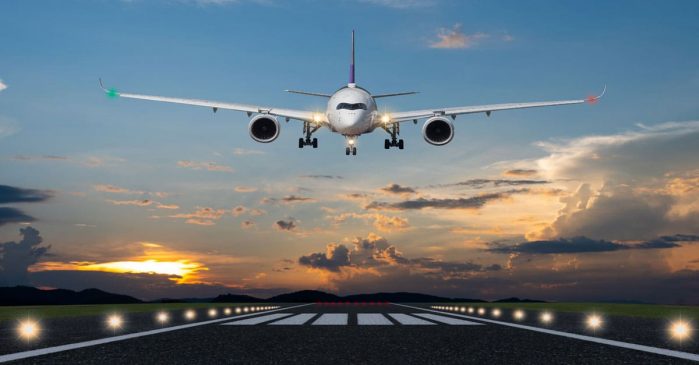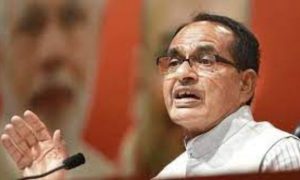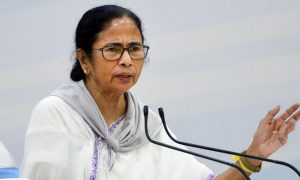Airlines are flying towards historic losses, with a potential loss of Rs 20,000 crore for the whole fiscal year, according to a study.
Airlines are flying towards historic losses, with a potential loss of Rs 20,000 crore for the whole fiscal year, according to a study, as they deal with the third wave of the COVID-19 pandemic and rising fuel prices, as per reported by PTI.
According to Crisil, the airlines are on track to post their largest-ever net loss of over Rs 20,000 crore this fiscal year, up 44 percent from the Rs 13,853 crore they lost the previous year.
The research, based on three main listed airlines—Indigo, Spicejet, and Air India—which together control 75% of domestic travel, cautioned that this would postpone the industry’s recovery beyond fiscal 2023.
According to PTI, after the second wave, air traffic quickly recovered, reaching 86 percent of pre-pandemic levels in December 2021, compared to December 2019, and normal international flights were projected to begin in January 2022.
However, the third wave has already caused a 25% drop in domestic aviation travel in the first week of January.
According to the analysis, a similar pattern was observed during the second wave in April-May 2021, when aviation traffic decreased by 25% and 66% sequentially.
According to Nitesh Jain, a director at the agency, the three large listed airlines have already reported a net loss of Rs 11,323 crore in the first half of the current fiscal.
The sharp jump in domestic air traffic would have cushioned the losses in the third quarter, but net loss will increase significantly in the fourth quarter as the third wave has brought back travel restrictions and flight cancellations.
As a result, we expect airlines to report the steepest net loss this fiscal, as per PTI mentioned.
Passenger load factor, a key operating metric, has improved to 80 per cent in December 2021 from 50 per cent in May 2021. Although seat utilization level has improved, it was still significantly lower than 88-90 per cent pre-pandemic times leading to recurring losses and the continued suspension of scheduled international flights is only further hurting the sector as international routes are generally more profitable.
Aside from the drop in traffic, rising fuel prices, which account for a third of operating costs, are putting even more pressure on profits.
According to PTI, aviation turbine fuel prices had hit an all-time high of Rs 83 a litre in November 2021, rising from an average price of Rs 44 in fiscal 2021 and Rs 63 in April-June 2021.
While prices declined 6-8 per cent in December 2021 because of reduction in value-added tax by various states, they remain still high after oil companies on Sunday increased ATF prices by 4.2 per cent to Rs 79.3 a litre in the national capital.
According to Rakshit Kachhal, an associate director at the agency, persistent operating losses have resulted in a 35 percent increase in debt for the industry, excluding lease liabilities, to over Rs 54,000 crore from March 2020 to September 2021, and the industry’s balance sheets will remain stretched, resulting in a negative outlook.
While the roaring third wave will have a significant impact on aviation traffic in the next weeks, the research predicts a quick rebound by March.
Airlines are anticipated to continue to save money throughout this period, postponing maintenance and large capital expenditures while renegotiating aircraft leases and keeping a tight grip on other fixed costs, as per PTI mentioned.





































